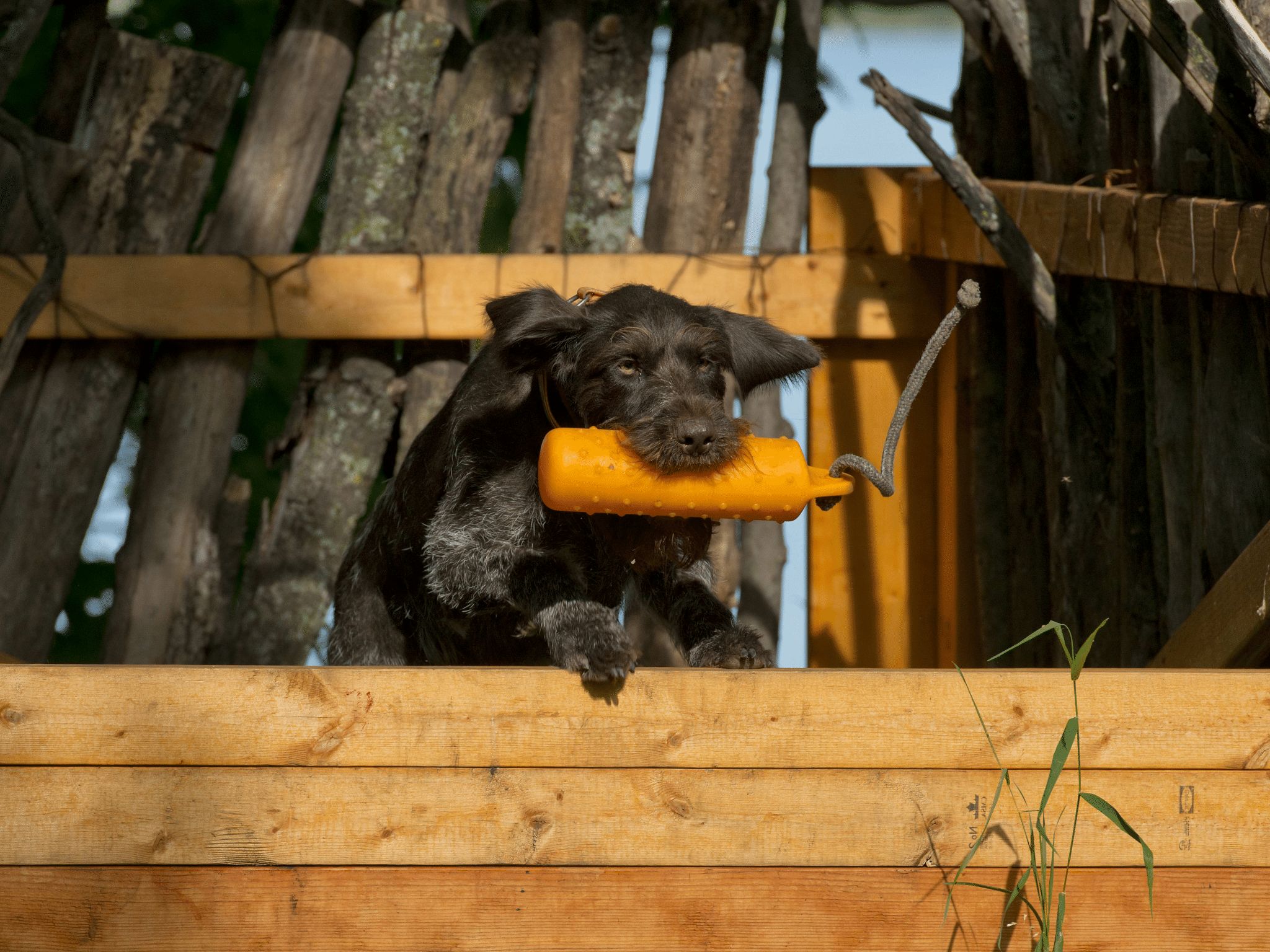Train for Upland Game

Train for Upland Game
Let’s face it, upland hunting is less enjoyable without a good bird dog. I’d even say it’s not enjoyable to hunt without a dog. Similarly, it’s not enjoyable to upland hunt with an out-of-control dog. It’s common sense, a dog will cover more ground and find more birds than we ever would on our own. But they need our help to be good. Like anything else in life, the path to a goal requires work. Bottom line, if we want a good bird dog, we’re going to have to do more than just own a hunting dog. We are going to have to invest time to help them hone their natural abilities.
Starting Point
Knowing how you want to hunt, where you’ll do most of your hunting, and what upland game you’re going to hunt is key. Do you want a pointer or a flusher? Do you want a dog that ranges or hunts close? Will you be hunting wide open prairies, rocky terrain, or smaller CRP fields? Do you also plan to waterfowl hunt with your dog? Are you chasing pheasants, quail, grouse, woodcock, or chucker?
Knowing the answers to these questions matters because not all bird dog breeds hunt the same. Could we make a certain breed hunt a certain way for a certain upland game in a certain location, sure. But I’d argue that we are going to be better off if we hunt over a breed that better fits our style of hunting and the scenario, we’ll mostly hunt in.
Foundation Matters
Long before I get concerned about hunting over my dog, I focus my energy on helping them build a solid foundation. If what we’re building is a good bird dog, we have to focus on the foundation – sit, place, kennel, heel, recall, and retrieve. These foundational elements are so much more than having an obedient dog, they give us a solid base to help our dog achieve its full potential in the field. Foundation work starts the day I bring a puppy home and it gets daily attention for the remainder of my dog’s life.
If my dog can’t sit on place with any distraction, I throw at it, I’m not going to be able to expect it to sit on the tailgate, waiting patiently while we get ready for the hunt. When my dog won’t recall in my yard or away from whatever has its attention, I’m not going to be able to expect it to listen in the field. If my dog won’t cleanly retrieve or retrieve at all, a bumper, ball, or whatever I toss for it, I’m not going to be able to expect it to retrieve the bird we harvest.
Field Work
Field work simply becomes an extension of foundation work. When we’re walking fields, I’m not just socializing the dog with the experience, birds, and gun conditioning, nope, I’m also working on recall, place, heal, and retrieve. We’re not throwing a whole new playbook at our dogs when we’re doing field work. Instead, we’re building off what they already know – their foundation. Sure, we’re going to put them in new experiences along the way, but the familiarity from their foundation will help them grow and achieve our expectations. Their foundation helps them trust us in the field. We’re going to ask them to do some pretty big tasks with high expectations, but because they’ve experienced the win and reward with their foundation, they can trust us and know what to expect with the tasks in the field.
Remember, dogs aren’t born gun-shy. We make them that way. We make them afraid of or hate things when we poorly introduce them to the scenarios. Dogs can become sensitive to loud things long before we introduce them to gunfire. There are healthy and unhealthy ways to introduce your dog to gunfire and water. If you aren’t sure how to do either, do some research before you start.
Training Gear to Consider
Here is some gear to consider: place/bed, bumpers (I prefer firehose/canvas bumpers, blank pistol, whistle for recall, bird scent, bird launchers (I find them especially helpful when training pointers), a bird bag for taking live birds out to plant in a training field, a training bag to carry bumpers, scents, leads, and other training gear.
by Kyle Dana
September 2024


